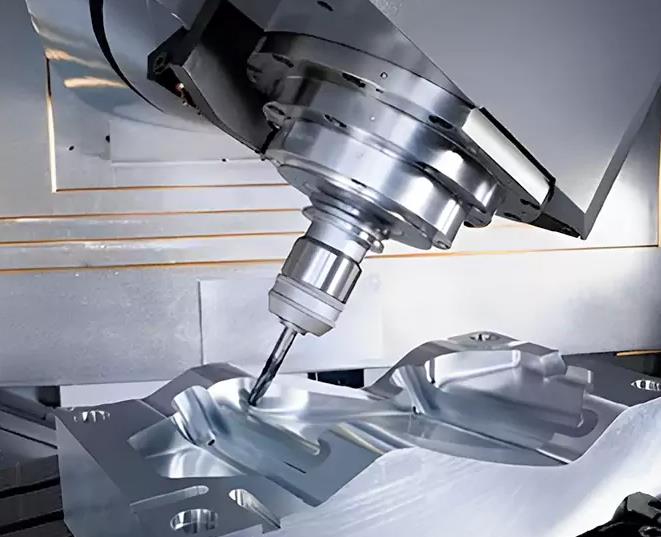Exploring the Advantages of 4 Axis CNC Machining
In the realm of computer numerical control (CNC) machining, the utilization of multi-axis machining systems has revolutionized manufacturing processes, offering enhanced capabilities and versatility. Among these, 4-axis CNC machining stands out as a pivotal technology that elevates precision machining to new heights. Let's delve into the myriad benefits that 4-axis CNC machining brings to the table.

1. Enhanced Flexibility and Complexity
Expanded Range of Motion:
Unlike its 3-axis counterpart, 4-axis CNC machining introduces an additional rotary axis, typically referred to as the A-axis. This rotational capability enables the cutting tool to approach the workpiece from multiple angles, unlocking a broader spectrum of machining possibilities. With the ability to maneuver along four axes (X, Y, Z, and A), manufacturers can tackle intricate geometries and complex contours with unparalleled precision.
Improved Machining of Complex Parts:
The inclusion of the A-axis facilitates the machining of features such as undercuts, chamfers, and compound angles that are challenging to access with traditional 3-axis machining techniques. This capability is particularly advantageous in industries such as aerospace, automotive, and medical, where components often exhibit intricate designs and geometrical complexities.
2. Streamlined Setup and Reduced Production Time
Efficient Machining of Multi-Sided Parts:
4-axis CNC machining excels in the production of multi-sided parts by enabling continuous machining operations without the need for manual repositioning of the workpiece. This seamless transition between machining orientations minimizes setup times and eliminates the need for multiple setups, thereby streamlining the manufacturing process and reducing overall production time.
Optimized Tool Paths and Material Removal:
The utilization of 4-axis CNC machining allows for the optimization of tool paths, leading to more efficient material removal and improved chip evacuation. By dynamically adjusting the cutting tool's orientation throughout the machining process, manufacturers can achieve higher feed rates and spindle speeds while maintaining optimal cutting conditions, thereby enhancing productivity and throughput.
3. Superior Surface Finish and Accuracy
Precise Machining of Complex Surfaces:
The versatility of 4-axis CNC machining enables precise machining of complex surfaces, contours, and 3D features with exceptional accuracy and surface finish. By controlling the cutting tool's orientation relative to the workpiece, manufacturers can minimize tool deflection and achieve smoother surface finishes, reducing the need for secondary finishing operations.
Tight Tolerances and Consistency:
4-axis CNC machining systems are capable of achieving tight tolerances and consistent part-to-part accuracy, ensuring uniformity and repeatability across production runs. This level of precision is critical in industries where components must adhere to strict dimensional requirements and quality standards.
Conclusion
4-axis CNC machining represents a significant advancement in precision manufacturing, offering unparalleled flexibility, efficiency, and accuracy in the production of complex components. By leveraging the enhanced capabilities of 4-axis machining systems, manufacturers can push the boundaries of innovation, accelerate time-to-market, and deliver superior quality products. Explore the possibilities of 4-axis CNC machining at 4 Axis CNC Machining and embark on a journey of precision engineering and manufacturing excellence.